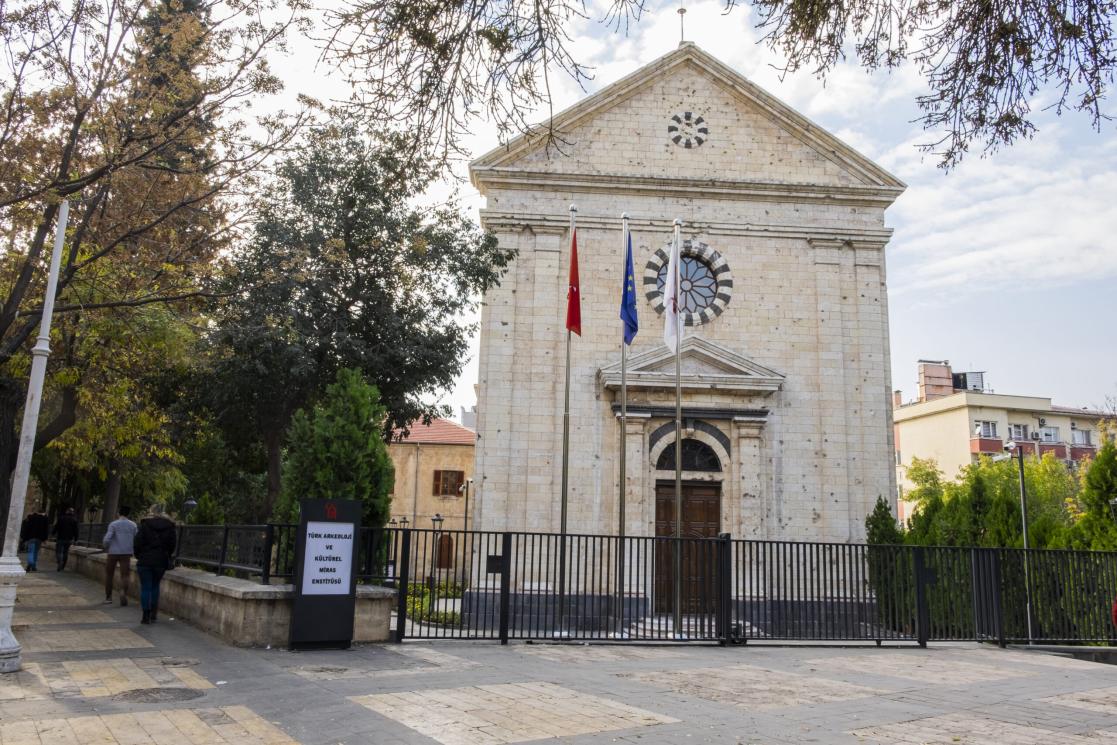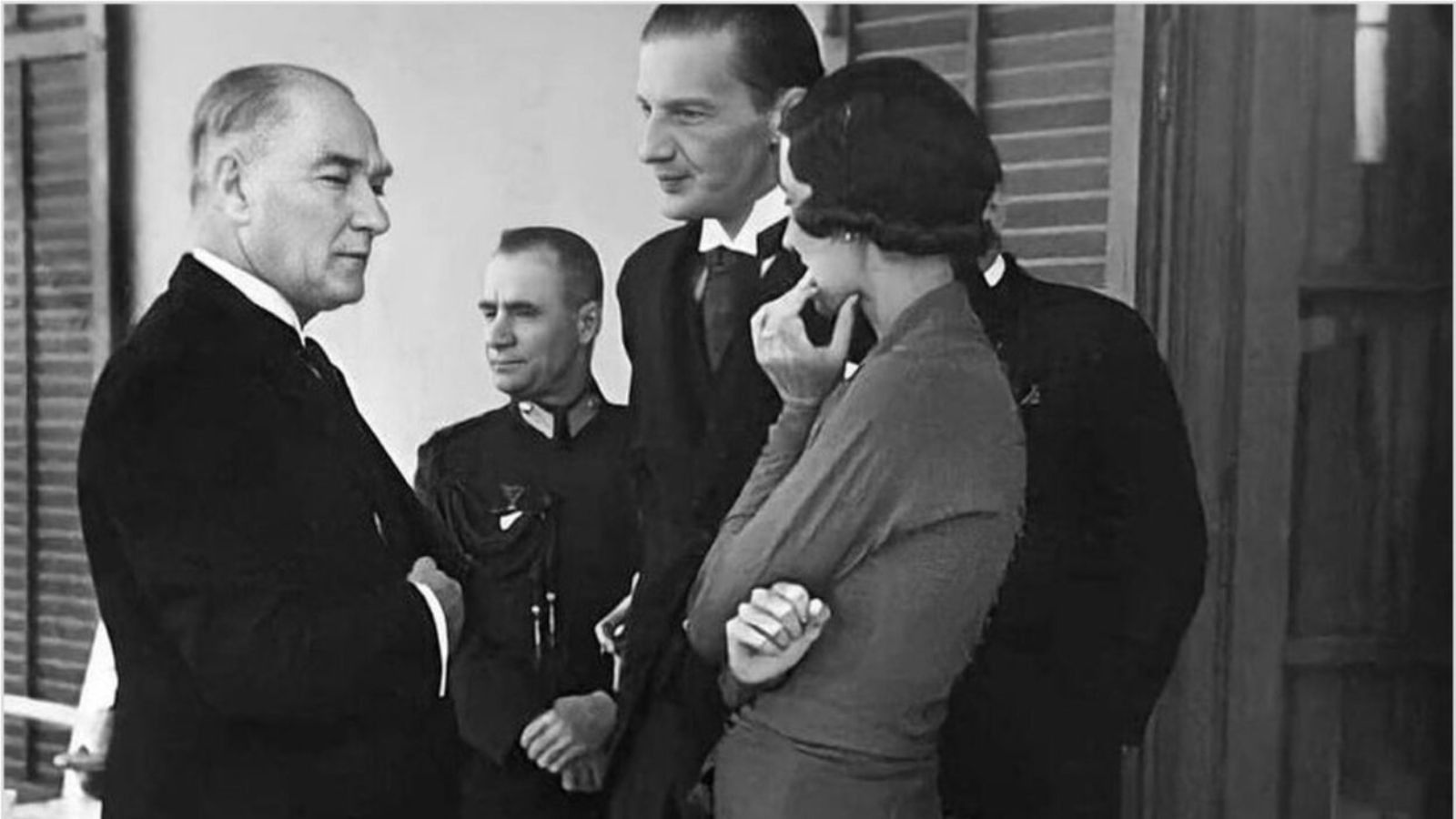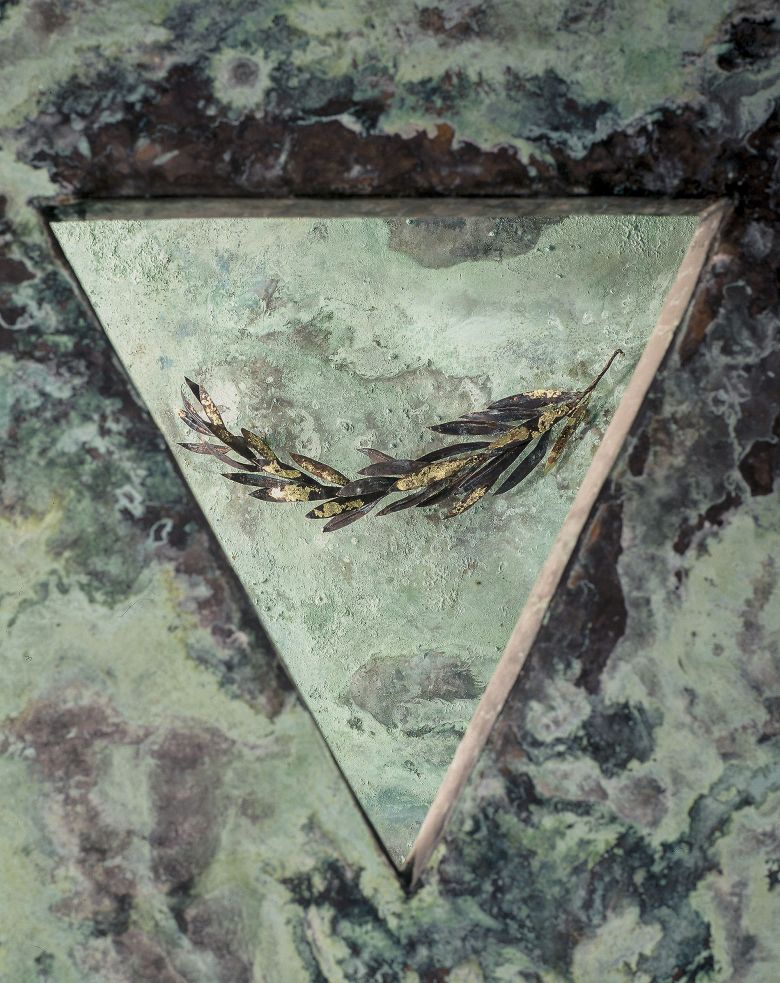Turkey has opened a new archaeology research center that houses the country’s first archaeometry laboratory and a vast digital archive.
The Kendirli Church and Latin School, which was constructed in 1860, has been refurbished with the assistance of the European Union and converted into the headquarters of the Turkish Archaeology and Cultural Heritage Institute. The Ministry of Culture and Tourism spearheaded the project in conjunction with the Metropolitan Municipality of Gaziantep to establish the institute.
The draft law that prepared the institute’s infrastructure as the Grand National Assembly of Türkiye approved a foundation on 8 March 2023. Some 450 scientists, experts, bureaucrats and artists competent in their fields, contributed to the institute’s establishment with their work and took part in its activities.
The Institute aims to carry out history and culture-oriented scientific research in Turkish and Islamic archaeology and other relevant areas of science regarding archaeological and cultural heritage from prehistoric times up to our days, on the basis of shared accumulated knowledge and values of humanity. The institute will promote international cooperation amongst scientists, encouraging collaborations, partnerships with Turkish and foreign universities, institutes, and research centres. It will carry out joint projects with European archaeology institutes in the country reinforcing cooperation.
The institute includes an Archaeometry Laboratory, Archaeology Specialization Library, Turcology Library, an exhibition and conference hall, offices and activity areas. The building that will host it has a sentimental value for the people of Gaziantep. It is from the balcony of the Latin School that Gazi Mustafa Kemal Atatürk, the founder of the Turkish Republic, addressed citizens in 1933 thanking them for their contribution for the war of independence.
After Kendirli’s allocation to the Turkish Archaeology and Cultural Heritage Institute, restoration work started in January 2019 and lasted two years. Several European archaeology institutes were studied and the Turkish model was designed. i.e. Institute’s internal organization, staffing, functions, duties, budget, roadmap for the future were all prepared by this project. In addition to restoration works, the below activities were carried out by the EU funded project.
Türkiye’s First ‘Digital Archaeology Archive’: Digitalization Studies
For the first time in the history of Turkish Archaeology, 1.400.000 documents – maps, excavation field notes, official documents – were scanned and one million copies were archived from the archives of the Ministry of Culture and Tourism in order to preserve and present them to researchers and the public in a qualified database. 50.000 documents and
2.100 photographs were compiled from the state and Ottoman archives. Scanning of the Turkish Historical Society, Ministry of Foreign Affairs and Ankara University archives have also been completed.
The First Publication Series Covering All Periods of Turkish Archaeology
Within the scope of publication activities, an important indicator of existing in the international scientific arena, 27 books were published by prominent European and Turkish archaeologists, scientists and academics. Of these, 15 are new books and 12 are translations. The translated books, determined by the Editorial Board, are crucial from the viewpoint of Turkish and Islamic Archaeology not just for experts but also for interested readers. The 15 newly published books will be key reference sources for foreign experts. Among the Institute’s publications, the reports of the two Müze-i Hümayun (the first museum established by the Ottoman Empire in 1869) excavations written in French by Osman Hamdi Bey, Ottoman Empire’s first modern archaeologist also known as the founding father of archaeology and museology sciences in Türkiye meets readers in Turkish for the first time.











